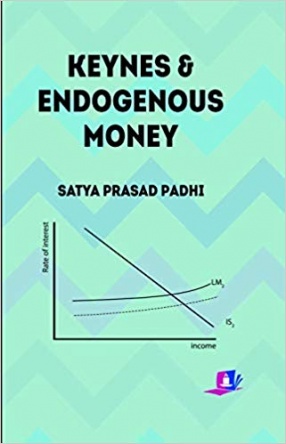Keynes and Endogenous Money
Contents: 1. Introduction. 2. MV = PT: The Beginning of the Debate. 3. Debate I: Velocity of Money and Rate of Interest. 4. Debate II: Inflation. 5. Debate III: Keynes’s Monetary Policy Issues. 6. ISLM in a Dynamic Framework: ‘Short Run’ with a Definite Growth Phase. 7. Hicks’s ISLM Adjustments: A Critique. 8. Comments on Broader Indian Literature. The Reserve Bank of India (RBI) has recently adopted a flexible inflation targeting regime, a hybrid Taylor’s rule that in a way recognizes endogenous money supply as a ubiquitous phenomenon. The endogenous money thesis, however, can be an intrinsic part of different theoretical policy perspectives. The dominant perspective that challenges the Taylor’s rule, in its purest form, is a post-Keynesian one, though the development of the existing post-Keynesian perspective challenges some of the basic Keynes’s insights.The present book, in a rigorous but non-mathematical presentation, makes clear the endogenous money output links that are consistent with Keynes’s General Theory-led insights. More specifically, this understanding separates out Keynes’s interest rate determination from that of the determination that underlies RBI’s inflation targeting. This book in this manner zeroes in on various implicit and explicit controversies that can surround the “high versus low interest rate” debates. The book is a useful text for senior students of economics as well as the practitioners.
Get it now and save 10%
BECOME A MEMBER







Bibliographic information